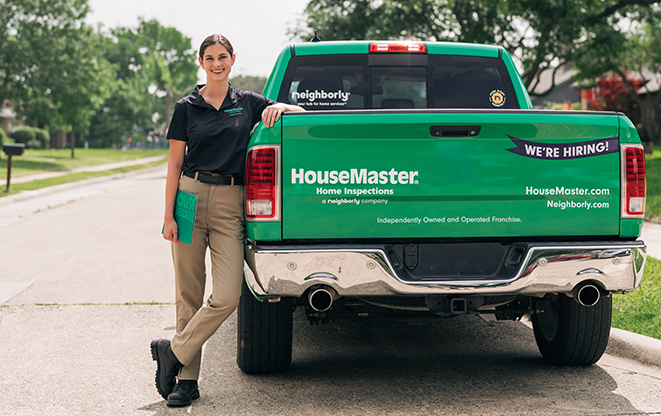HouseMaster® home inspectors have helped homebuyers, sellers, and property owners make informed decisions about properties for over 45 years. We strive to bring experience and a personal connection to our property inspections.
As one of Rhode Island’s leading home inspection companies, we provide detailed property inspections backed by decades of experience and a personalized approach. Whether you’re buying, selling, or maintaining your home, our licensed inspectors ensure peace of mind with every inspection.
Ready to schedule your Inspection? You can book an inspection online or call us to speak with a friendly HouseMaster team member today.














